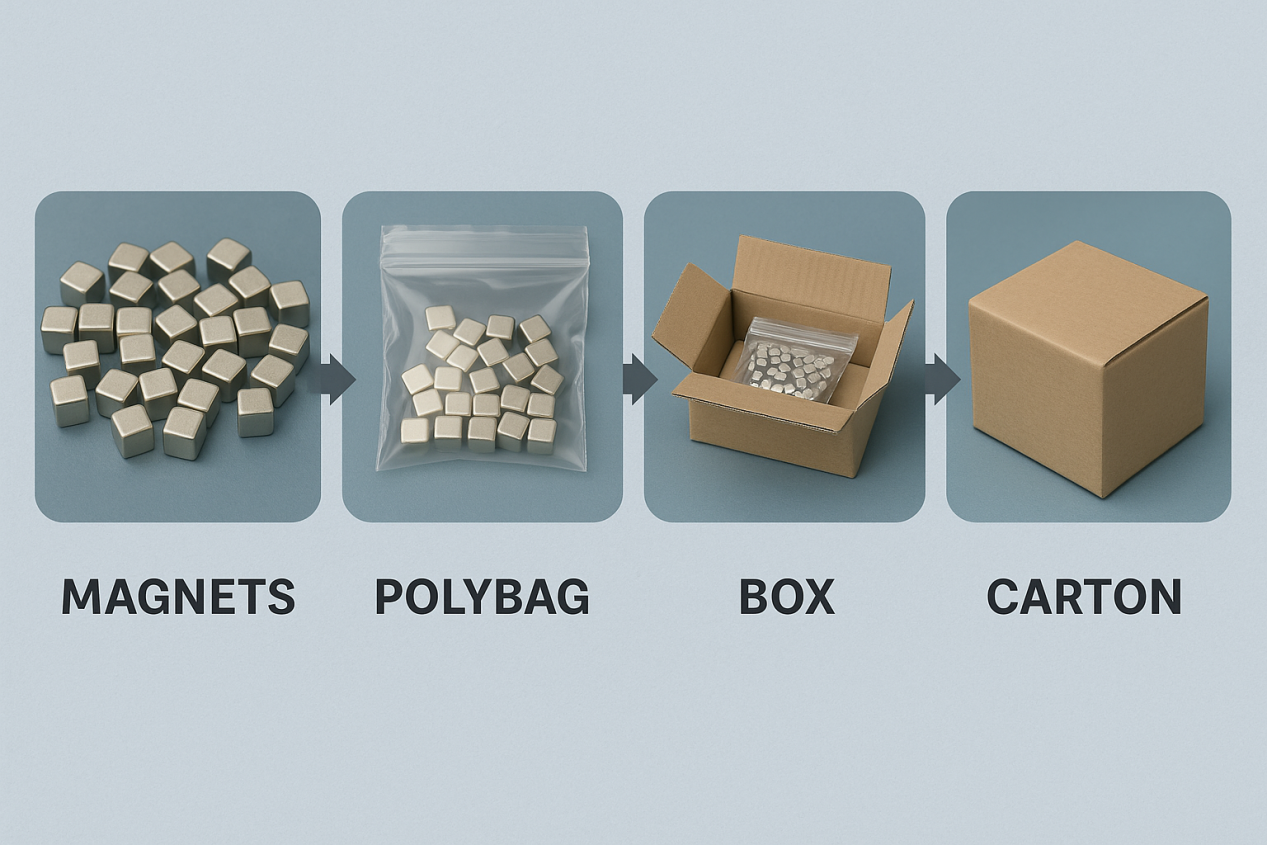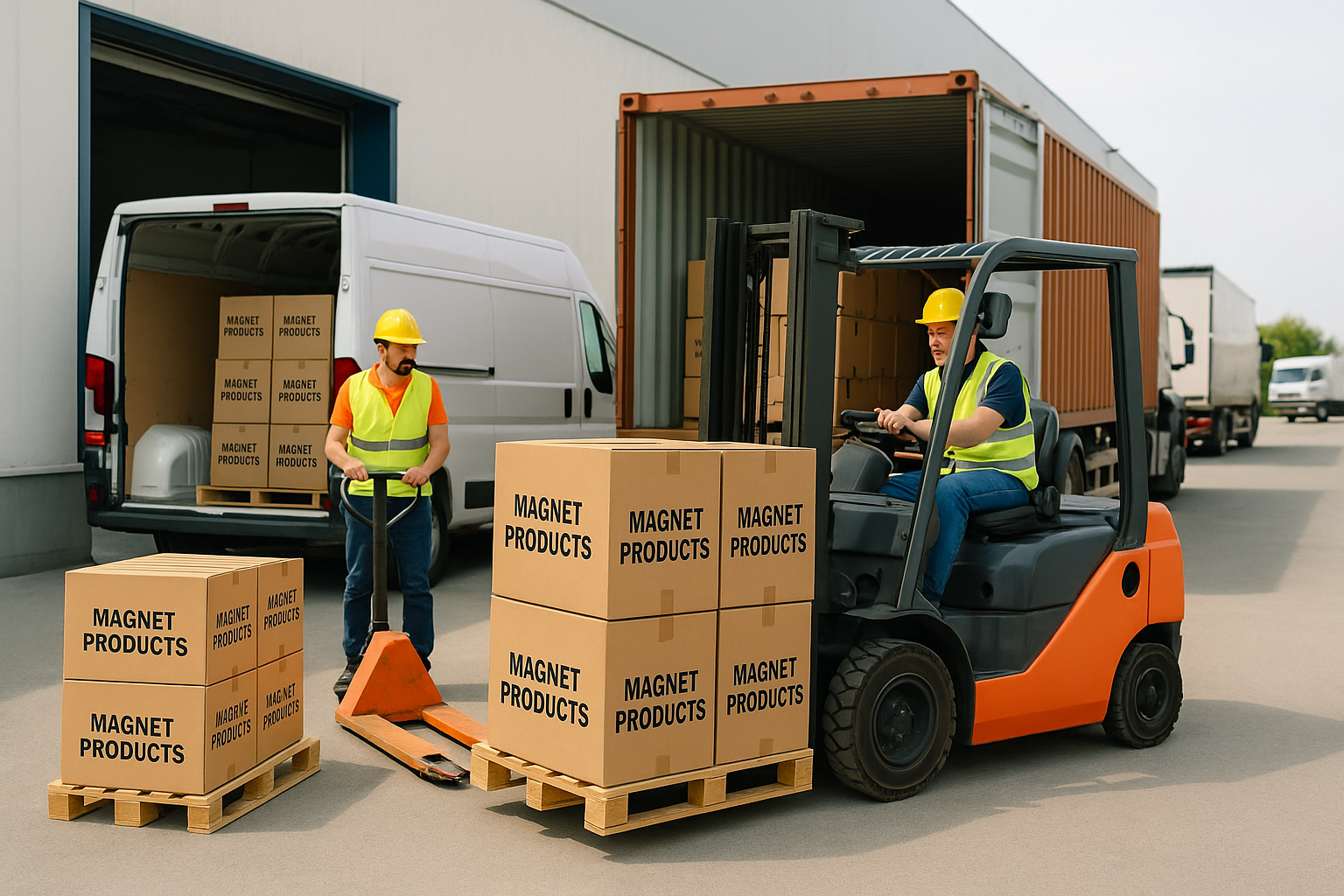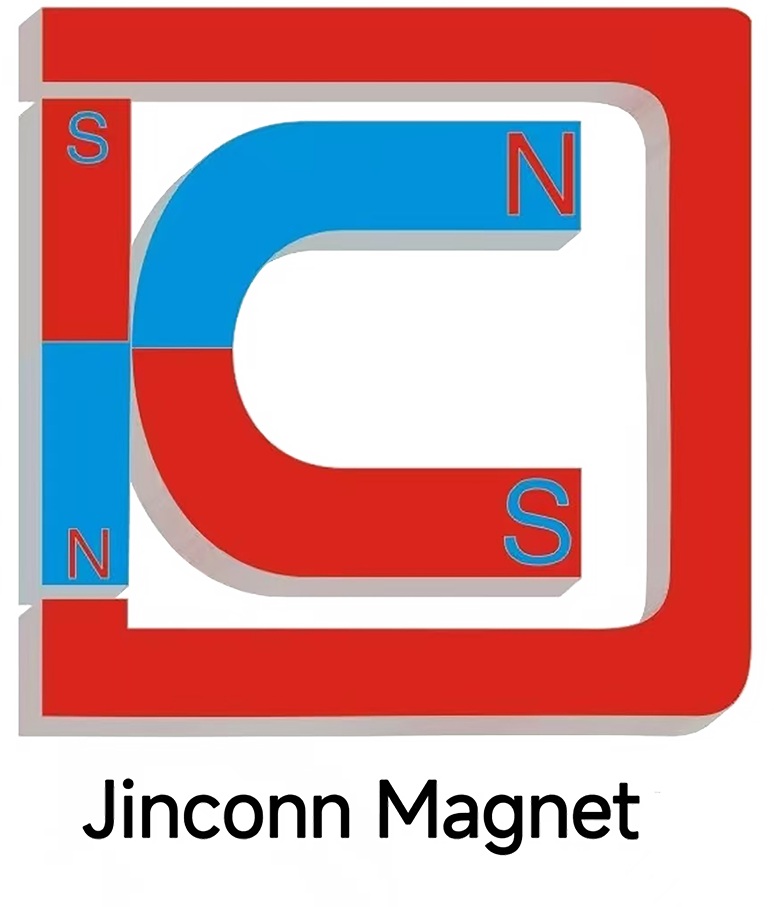Advanced Risk Control in Magnet Transportation and Storage
Advanced Risk Control in Magnet Transportation and Storage
Introduction
High-performance magnets, such as neodymium magnets and other rare earth magnets, are at the heart of many modern technologies, from electric vehicles and wind turbines to advanced robotics and medical devices. Their superior magnetic strength, energy product, and thermal stability have made them indispensable in countless industrial applications. However, their unique properties also present distinct challenges when it comes to transportation and storage. Effective risk control measures are crucial to ensuring safety, preserving magnetic performance, and protecting both people and equipment throughout the supply chain.
Understanding the Nature of High-Performance Magnets
High-performance magnets—including neodymium magnets (NdFeB), samarium-cobalt magnets (SmCo), and advanced ferrite magnets—are characterized by exceptional magnetic flux density, coercivity, and resistance to demagnetization. These features, while beneficial for end-use applications, can pose logistical risks such as accidental attraction to metal surfaces, interference with sensitive electronics, and damage to the magnets themselves during transit.
Additionally, high-temperature magnets used in automotive, aerospace, and renewable energy applications demand strict handling protocols to prevent thermal degradation or accidental demagnetization. The growing use of miniature magnets and custom-shaped magnetic components in electronics and medical devices further complicates logistics, requiring careful packaging and environmental controls.
Major Risks in Magnet Transportation and Storage
1. Magnetic Field Interference
One of the primary concerns in the logistics of rare earth magnets is their strong external magnetic fields. If not properly shielded, these fields can disrupt nearby electronic equipment, magnetic storage devices, and even navigation systems during air or ground transport.
2. Accidental Attraction and Handling Injuries
Due to their intense magnetic strength, high-performance magnets can snap together with significant force, causing physical injury to handlers or damage to packaging and products. Accidental attraction to ferrous metal surfaces can also occur, potentially leading to loss or contamination.

3. Mechanical and Thermal Damage
Vibration, impact, and temperature fluctuations during shipping can cause mechanical fractures or reduce the energy product of magnets. Excessive heat can decrease the coercivity and magnetic flux density, especially in magnets that have not been specifically engineered for high-temperature stability.
4. Corrosion and Environmental Degradation
Many neodymium magnets are sensitive to humidity and corrosive environments. Without proper surface treatment and protective packaging, exposure to moisture can result in rapid oxidation and permanent loss of magnetic performance.
Advanced Risk Control Measures
1. Specialized Packaging and Magnetic Shielding
Modern risk control begins with the use of advanced packaging solutions:
Magnetic shielding containers (often using steel or mu-metal) are designed to contain magnetic fields and prevent interference with other cargo and equipment.
Individual magnets are separated by spacers or non-magnetic barriers to prevent contact and reduce the risk of accidental attraction.
Robust exterior packaging with clear labeling ensures handlers are aware of the risks and can follow appropriate procedures.

2. Temperature and Humidity Control
To protect high-temperature magnets and corrosion-sensitive magnets during storage and transit:
Temperature-controlled logistics are used for sensitive shipments, ensuring magnets are not exposed to heat that could degrade their performance.
Desiccants and vacuum-sealed packaging protect against moisture and humidity, especially for neodymium and rare earth magnets.
3. Real-Time Monitoring and Tracking
Advanced logistics chains employ IoT sensors and tracking systems to:
Monitor temperature, humidity, shock, and magnetic field strength throughout the journey.
Alert operators to deviations from safe conditions, allowing immediate intervention to prevent damage.
Provide end-to-end visibility for compliance and quality assurance.
4. Regulatory Compliance and Training
International transport regulations, such as IATA guidelines for air freight, classify strong magnets as hazardous materials. Companies must.
Comply with legal requirements for packaging, labeling, and documentation.
Train staff in magnet handling, emergency response, and risk mitigation.
Regularly review and update safety protocols as standards evolve.

5. Custom Storage Solutions
For long-term storage:
Magnets are stored in climate-controlled environments with regulated temperature and humidity.
Storage racks use non-magnetic materials, and layout minimizes stray magnetic field exposure.
Routine inspections and periodic performance testing help detect and address early signs of degradation.
Future Trends and Innovations
Smart Packaging: Future innovations may include packaging embedded with RFID chips and sensors that not only monitor conditions but also communicate real-time data to logistics platforms, enabling predictive maintenance and risk alerts.
Eco-Friendly Materials: Sustainable, recyclable packaging materials will help reduce the environmental footprint of magnet logistics without compromising safety.
AI-Driven Risk Analysis: Artificial intelligence will increasingly be used to analyze transportation and storage data, predicting and preventing potential risks before they occur.
Conclusion
As high-performance magnets become more vital in advanced technologies, the need for sophisticated risk control in their transportation and storage grows in parallel. Through a combination of specialized packaging, environmental controls, digital monitoring, regulatory compliance, and ongoing innovation, industries can ensure the safe, efficient, and reliable delivery of magnets with superior magnetic strength, coercivity, and energy product. With robust risk management strategies, manufacturers and end-users alike can maximize value and safety throughout the magnet supply chain.




Jinconn WeChat









